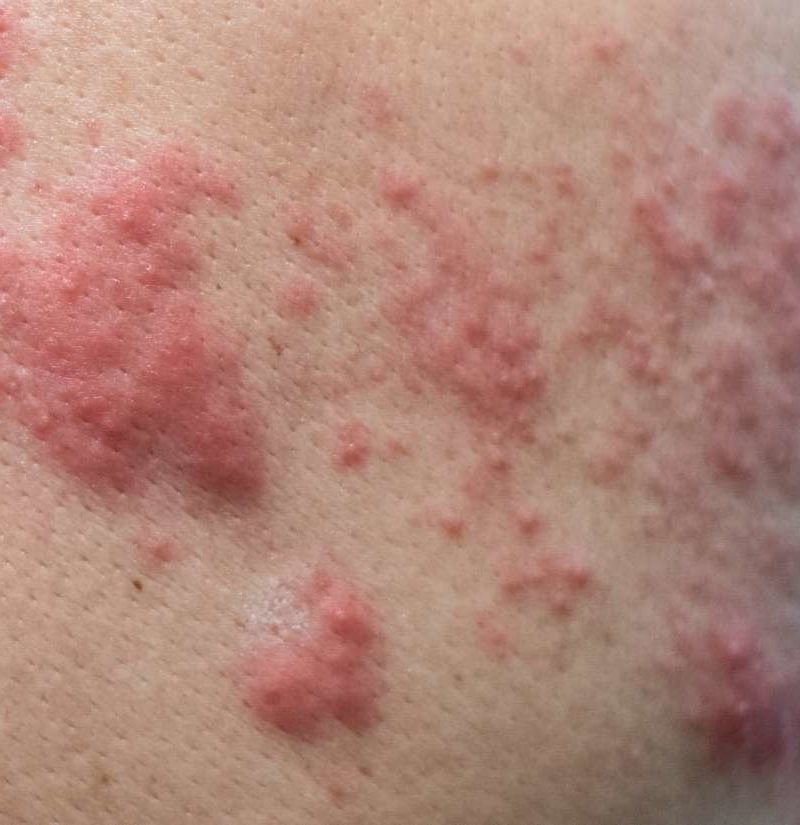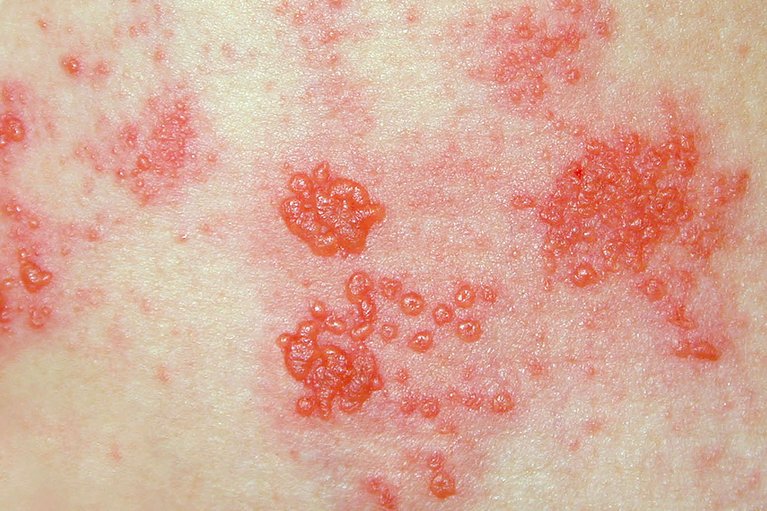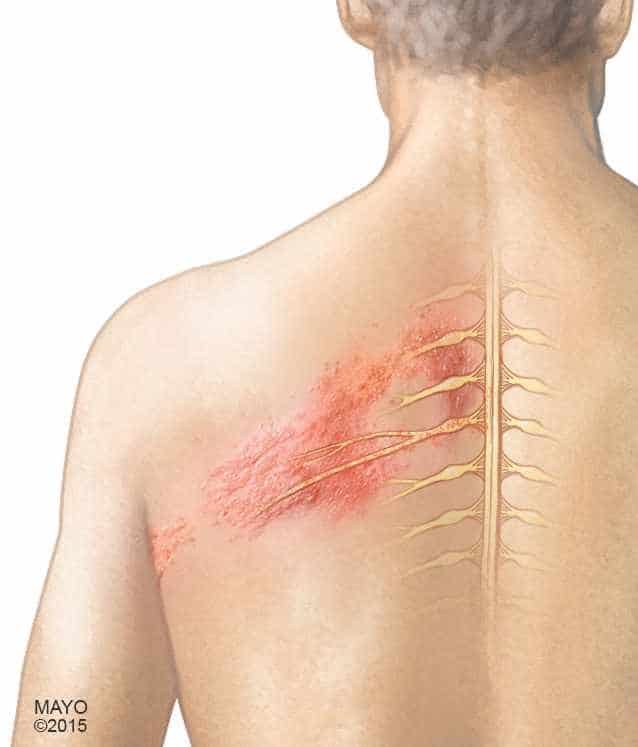

This is called post-herpetic neuralgia (also called nerve pain). The pain is described as burning, sharp and jabbing, or deep and aching. Sometimes pain can carry on for months to years after the rash has gone – 1 in 5 people experience it for more than a year.
#Does shingles itch skin#

The pain is usually the first symptom of shingles.Pain that usually occurs 1–4 days before the rash appears. In rare cases (usually in people with weakened immune systems), the rash may be more widespread on the body and look similar to a chickenpox rash. Shingles most commonly affects one side of the body, but it can occur on one side of the face. Image: 123RF What are the symptoms of shingles? It is possible to get shingles more than once. If you have never had chickenpox and make direct contact with an open blister or something with the fluid on it, you can contract the virus and develop chickenpox.Ī person with shingles is only infectious when the blisters appear, and until the blisters have all developed crusts.

The shingles blisters contain a live virus. Shingles is the late result of chickenpox infection. You can catch chickenpox from somebody who has shingles if you are not already immune. Yes, but the infection spread is chickenpox, not shingles. This can happen if your immunity is lowered by getting older, during times of stress or by having cancer treatment or other conditions, eg, HIV, rheumatoid arthritis or type 2 diabetes. You develop shingles when this dormant virus reactivates. When you recover from chickenpox, the virus ‘hides out’ in nerve cells and stays dormant (inactive). In the past, nearly every child would become infected by the time they were an adult, but now we have a vaccine that protects against chickenpox. If you have had chickenpox, you were infected with the varicella zoster virus. (Family Doctor, Australia, 2015) What causes shingles? It can be prevented by vaccination – a childhood vaccine for chickenpox and a specific vaccine for shingles. The rash is made up of small blisters that typically scab over after 7–10 days and the pain usually settles in 2–4 weeks.Įarly treatment with antivirals reduces the risk of ongoing pain – a common complication for 1 in 3–4 older people. The liquid in the blisters is infectious! Scabs are not. It starts as red pimples that blister and then scab over to heal. The rash is in the skin of the infected nerve. Shingles (mate huaketo hei) tingles or hurts and then an itchy rash appears on one side of your body. What are the complications of shingles?.On this page you can find the following information: Early treatment is important to reduce the risk of ongoing pain. Shingles (mate huaketo hei) is a painful blistering rash caused by the same virus that causes chickenpox.


 0 kommentar(er)
0 kommentar(er)
